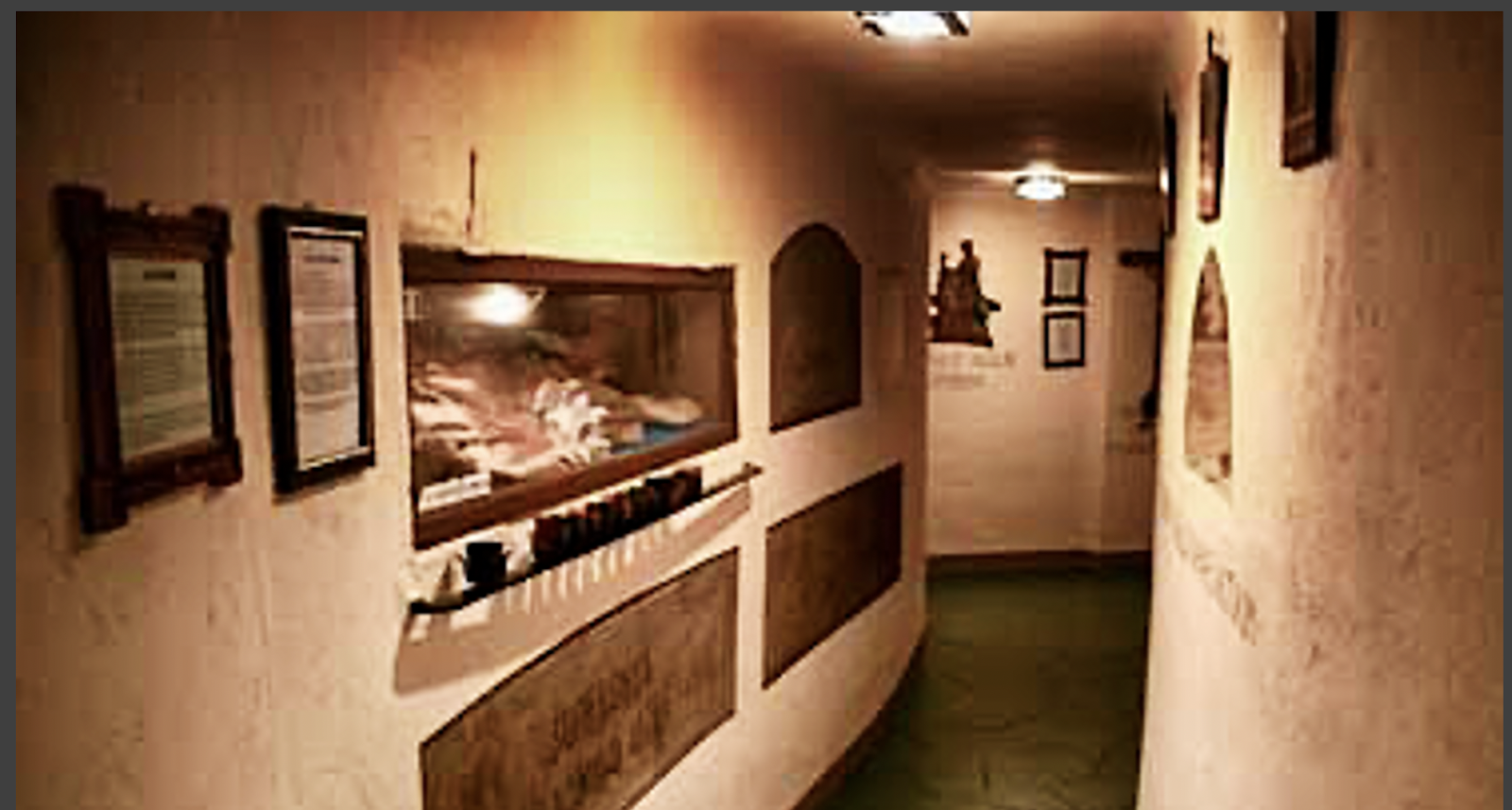 |
| Catacombs of St. Callixtus in Rome |
Catacombs have been used for thousands of years. These man-made subterranean passages were constructed to hold vaults or chambers used as religious burial spaces for underground tombs. Sometimes referred to as a necropolis or an underground City of the Dead, catacombs are commonly associated with the Roman Empire.
 | ||
| Catacombs of Paris |
It was during the First Century when Christians created underground tombs as burial sites for the bodies of apostles Peter and Paul. Since it was illegal to bury a body in Rome, catacombs were located outside the city.
Catacombs have been discovered across the world. These underground passages are filled with decorative carvings, inscriptions, statues, and paintings that identify and tell a story about the dead.
 |
| Roman, Parisian, and Egyptian Catacombs |
Roman Catacombs
The most famous catacombs are in Rome, where at least forty underground crypts have been rediscovered in recent years. The Christian Catacombs of Callixtus contains the Crypt of Popes from the second to the fourth centuries.
Catacombs of Paris
The Catacombs of Paris are ossuaries (A box, chest, or space that serves as a final resting place for human remains.), which contain the bones of more than six million people. The construction of the underground City of the Dead began in 1786. By the 19th century, renovations were made, and the crypts were open to the public in 1874.
Egyptian Catacombs
Egypt is home to the Catacombs of Kom El Shoqafa in Alexandria. The tombs were created from the 2nd to the 4th centuries and are a blend of Roman, Greek, and Egyptian cultural influences. Rediscovered in 1900, the catacombs are thought to belong to a single family, but evidence of other persons buried there is prevalent.
American Catacombs
Catacombs do exist in the United States, although
cemeteries were more to our liking with mausoleums and crypts built above ground.
Basilica of St. Patrick’s Old Cathedral, Manhattan, NY
 |
| Catacombs of St Patrick's |
Old North Church, Boston, MA
 |
| Catacombs of Old North Church |
Franciscan Monastery, Washington, DC
Few people realize that there are catacombs beneath the Franciscan Monastery in Washington DC. Built in the late 1800s by monks, the catacombs are replicas of Roman tombs. Their purpose is to offer Americans a spiritual pilgrimage to the Holy Land. Although only a few bodies are interred here (most are in Rome), religious statues and replicas of Holy Land shrines are on display with in-depth descriptions about the lives of the saints.
 |
| St Innocent and St Benignus |
The crypt does contain the remains of two people. The first is Saint Innocent (Saint Innocentius), an eight-year-old child martyr murdered during the Roman oppression of the Second Century. While his head is made of wax and covered with a wig, the child's hands are the actual bones covered with gauze.
The other tomb retains the bones of Saint Benignus, a loyal disciple of Saint Patrick of Ireland. Benignus was known as St. Patrick’s psalm singer. His bones were buried here, but his head remains in Rome.Tours are available for free by visiting MyFranciscan.org.
St. Joseph Immaculate Heart of Mary Church, Newark, NJ
 |
| Photo by: Roadside America |
The catacombs at Saint Joseph Immaculate Heart of MaryChurch in Newark, New Jersey, were created in 1937 by Reverend Father Mateo Amoros. Assistant pastor Amoros was impressed with the catacombs he viewed in Montreal and decided his church should have one. When the state of New Jersey would not allow human remains to be buried beneath the church, Amoros decided to have wax replicas of certain martyrs created and placed in the vaults below the sanctuary. The martyred figures include St Genaro, who was thrown in a fire for refusing to denounce Christianity; St Ines, who refused to marry a Roman soldier saying she was already “married to God,” and St. Cecelia, who also refused to give up her religion and instead was boiled alive and beheaded. While the vibe is more of a strangely decorated church basement than the Roman catacombs, it has the distinction of being the first wax museum in the United States. There is no charge to view the catacombs, but you must request permission at the rectory.
St. Francis Seraph Church, Cincinnati, OHPhoto by: Jeremy Kramer
In the Queen City, St. Francis Seraph Roman Catholic Church in the Over-the-Rhine neighborhood, built over a Catholic cemetery, and created their catacombs. In 1819, Christ’s Church was built just beyond the city limits, and a graveyard was placed next to the church. In 1822, the church moved to the downtown area, but the cemetery remained. In 1859, St. Francis Seraph Church was built on the site, and the forty-one souls originally buried there were interred in a crypt below the sanctuary. Their tombstones were used to pave the floor. Tours are conducted by American Legacy Tours.
While catacombs never caught on here as they did in Europe, it’s nice to know that a few churches kept the tradition, giving us the opportunity to stroll though the hushed warrens of some interesting American Cities of Death .
~ Joy
